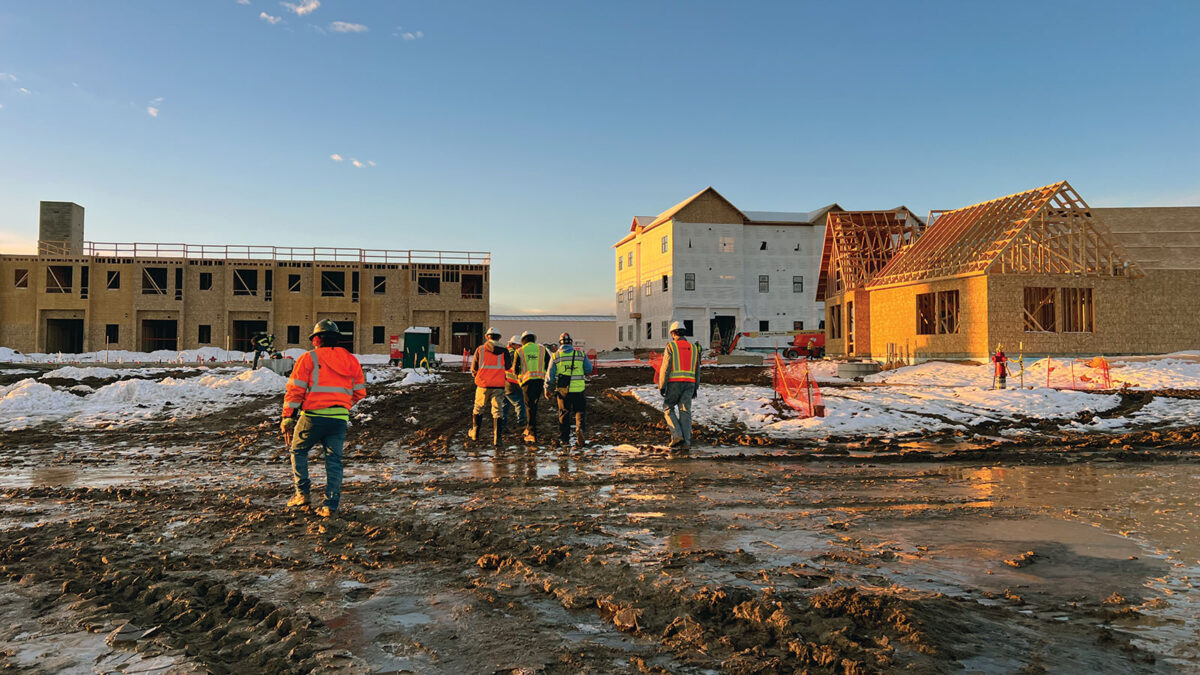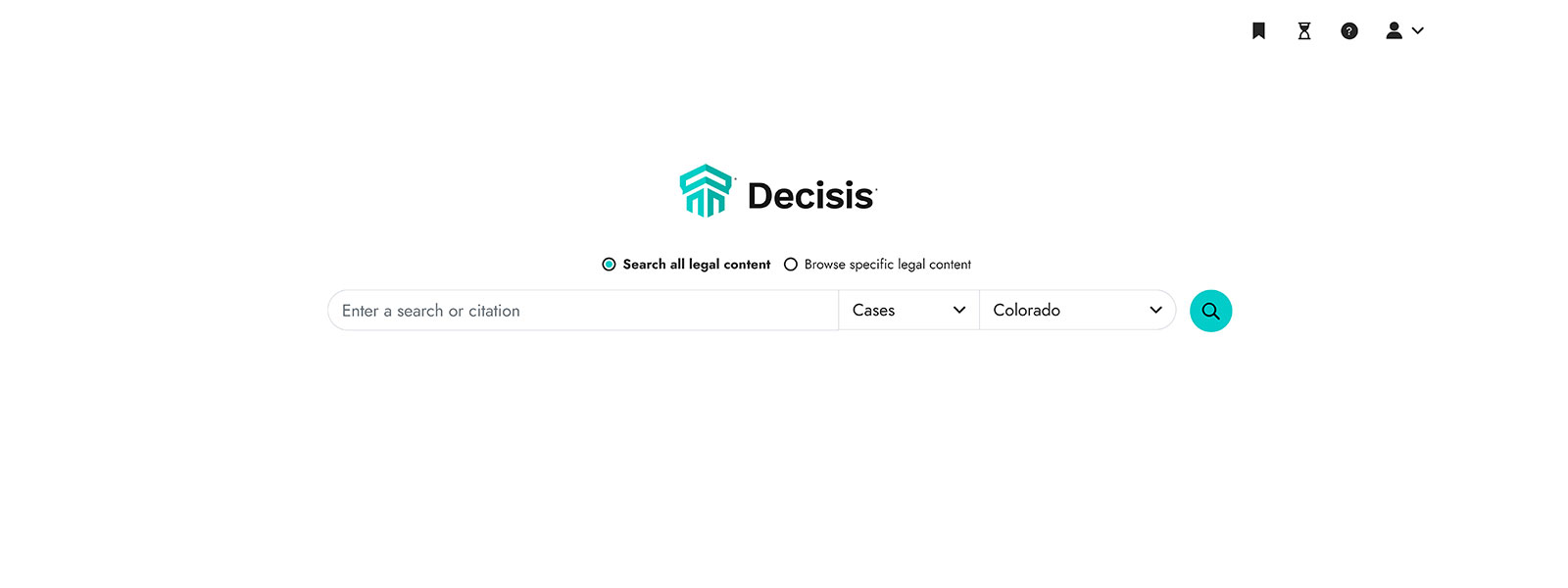
Evaluating Decisis
A Free Resource for CBA Members
December 2025
Download This Article (.pdf)
Given the rising cost of legal resources and the pressing need for smaller firms to help address the access to justice crisis, one of the most commendable aspects of the CBA is its ongoing commitment to providing members with access to a robust legal research service. This month’s column offers a brief review of its newly adopted legal research benefit, Decisis.
Decisis shares the same parent company as LexisNexis and offers an expansive library of both state and federal cases, statutes, court rules, and more. While it’s not surprising that Decisis lacks some of the functionality of the high-end subscription platforms, it does provide more functionality and tailoring than freely accessible resources like Google Scholar. I was also able to use Boolean search techniques beyond basic connectors such as AND and OR.
The first thing to note is that this article is not intended as a tutorial. Decisis has already prepared tutorial videos on its functionality that are available through the CBA’s website. To access these tutorials, navigate to https://www.cobar.org/Decisis-Legal-Research and then scroll to the bottom of the page to find the training resources.
The first link listed, Decisis Training for CBA Members, is an hour-long video that walks the user through multiple examples of how to perform different types of searches, as well as how to find a list of the tool’s Boolean operators.
The second link, Decisis On-Demand Training, currently has three short form videos on navigating the database, bookmarking results, and accessing your search and document history.
In addition, once you’ve navigated to Decisis itself, you can click on the question mark icon in the upper-right corner to access the Decisis support page (Fig. 1).
Fig. 1

Here, you’ll find troubleshooting guides, assistance with search operators, answers to frequently asked questions, and other support resources (Fig. 2).
Fig. 2

Using Decisis: A Stress Test
To “stress test” the database, I decided to use the exercises and quizzes that I use during my 1L legal research class. I began with hypotheticals involving the federal Controlled Substances Act and Colorado’s Ski Safety Act. The interface took a little getting used to, but I was able to locate the specific sections of each act that I was looking for, and then to use the table of contents for those statutory sections, as well as the embedded hyperlinks of cross-referenced sections, to finish answering questions related directly to statutory content.
The only questions I could not answer on my statutory exercises were related to case annotations, which are not present for Decisis, though it does include the statutory history notes. Decisis also does not have any practice guides or secondary sources (aside from Colorado Lawyer1), though this is to be expected for a “freemium” resource.
Cases are available, however, and you can pre-filter your search by jurisdiction. Once your search is complete, you can additionally filter by date range or refine your jurisdiction, but you’ll need to rerun your search to add additional key terms.
This is where I was able to more rigorously test the advanced Boolean functionality. The Search Operators help page indicates that some proximity searches (such as same sentence and same paragraph) are available. I was also able to get the atleast() function to work even though it was not listed in the search operators. I tried the same search using only different numerical values of atleast and got varying results, and I was even able to combine two atleast searches via an AND operator. As a result, I feel confident saying that the search logic is very good for the resources available.
Decisis’s Citator System
Decisis has a rudimentary citator system. It will tell you if a case has negative treatment, but not what that treatment is. By clicking on the negative icon you can access citing decisions, and the system has a separate tab for “negative decisions” versus “all citing decisions,” but it won’t summarize the style of negative treatment for you.
For cases that have been overturned, this information, along with the subsequent history and a hyperlink to the negative decision, will appear in the case caption on the document’s main page. It’s not set off by color or a graphic symbol, but the information is there if you know what to look for (Fig. 3).
Fig. 3

Codes and Regulations
Thankfully, Decisis also allows you to browse codes and regulations. From the main screen you’ll need to use the radio buttons to switch from keyword searching to content browsing, and then you’ll need to select the type of material (cases, codes, regulations) you want as well as your jurisdiction (Fig. 4).
Fig. 4

The Verdict
Practitioners looking for practical guidance or forms will still need to supplement their search, but the fact that I was able to work through multiple first-year legal research exercises for primary law using Decisis makes me confident that it can be a valuable tool for basic legal research of primary law materials.
Notes
1. Currently, the Colorado Lawyer archive goes back to 2013, but the complete archive dating back to 1971 will eventually be available to CBA members through Decisis. Stay tuned.


